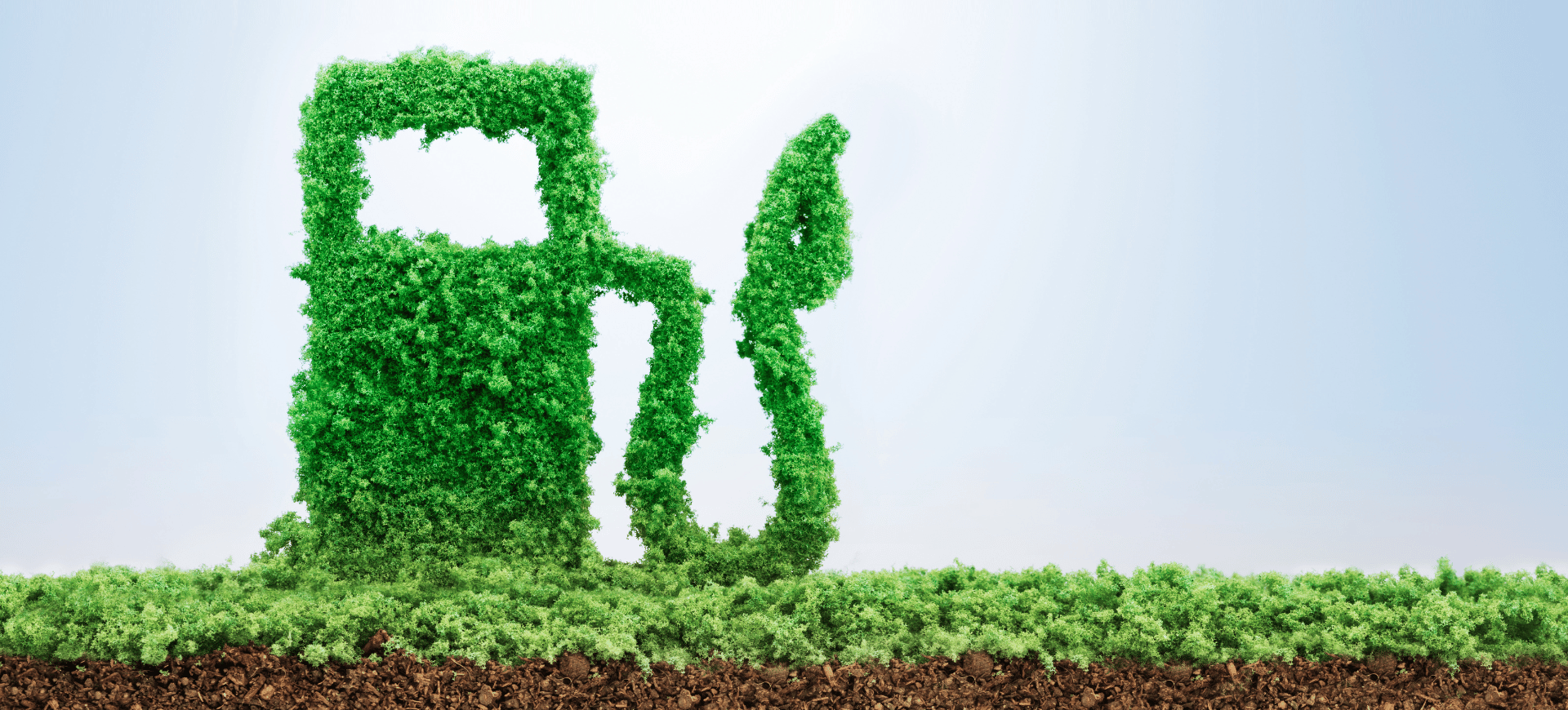Exploring the Relationship Between Water, Rural Development and Food Security
Water and Food Security: A Critical Interdependence
Globally, agriculture accounts for approximately 72% of freshwater withdrawals, a figure that climbs to over 90% in some arid and semi-arid regions. Irrigation enables higher yields, contributing to nearly 40% of global food production despite being applied on only 20% of cultivated land. Rainfed farming produces 60% of the world’s food on 80 percent of cultivated land.
However, inefficient irrigation practices and the over-extraction of groundwater have led to the depletion of vital water sources in many regions, particularly in North Africa, South Asia, and parts of the Middle East.
This water scarcity is a direct threat to food security, particularly in rural areas where farming is the mainstay of livelihoods. Without adequate water, crop yields decline, livestock suffers, and food availability diminishes. This, in turn, drives food prices higher, disproportionately affecting vulnerable populations. Climate change exacerbates these challenges, bringing erratic rainfall patterns, prolonged droughts, and intensified competition for dwindling water resources.
The Role of Rural Development in Water Management
Rural development initiatives play a pivotal role in improving water access and management, enhancing agricultural productivity, and strengthening food security. Investments in rural water infrastructure—such as irrigation systems, reservoirs, and rainwater harvesting technologies—can significantly improve water availability and distribution. For example, community-managed irrigation systems in sub-Saharan Africa have enabled smallholder farmers to maintain production even during dry seasons.
For instance, in Zimbabwe’s Chipinge district, solar-powered community gardens provide reliable water access, allowing farmers to cultivate crops like onions, leaf cabbage, and cowpeas year-round. Meanwhile, US—led aid programmes and training has seen low income farmers switch from growing rain—dependent corn to more resilient, heat resistant crops like chilis and millet. This approach has reduced dependence on unpredictable rainfall and improves food security.
Similarly, in Niger, smallholder farmers have adopted innovative irrigation technologies, such as solar-powered pumps, to enhance water access during dry periods. The African nation, where 80 percent of the population relies on agriculture for their livelihood, now ranks among those with the fastest pace of irrigation expansion, with 20 percent of its agriculture GDP coming from irrigated agriculture.
In Kenya, the Africa Sand Dam Foundation collaborates with local communities to build sand dams, which store water within sand particles, reducing evaporation and contamination. These structures provide a reliable water source during dry seasons, enhancing water security and supporting agricultural activities.
Such innovative systems have proven effective in arid regions, improving livelihoods, increasing agricultural productivity and bolstering resilience against climate variability.
Education and training programmes also form a crucial aspect of rural development, equipping farmers with the knowledge to adopt water-efficient practices. Techniques such as drip irrigation, mulching, and conservation tillage have been shown to reduce water use while maintaining or even improving crop yields.
Water Reallocation: Balancing Competing Needs
As water becomes an increasingly contested resource, reallocating water from agriculture to other sectors has emerged as a potential solution. However, this approach comes with trade-offs. While urban and industrial water users may generate higher economic returns per unit of water, reducing water for agriculture can jeopardise rural livelihoods and food security, particularly in developing countries.
Research suggests that carefully managed reallocation, accompanied by investments in water-saving technologies and compensation mechanisms for farmers, can mitigate negative impacts. For example, programs in Spain and Australia have successfully implemented water trading systems that allow farmers to sell surplus water, generating additional income while conserving resources.
In Australia, the Murray-Darling Basin (MDB) exemplifies this approach. The MDB is the country’s largest river system, accounting for 97% of all water allocation trades and 77% of entitlement trades. This trading system has enabled water to be redirected from low-value to high-value agricultural uses, enhancing economic efficiency and promoting water conservation. Notably, during periods of drought, such as the Millennium Drought from 1995 to 2010, water trading allowed farmers to maintain operations that might otherwise have been devastated.
Similarly, Spain has implemented water trading mechanisms to address water scarcity and improve allocation efficiency. Since the 1999 Reform of the Water Act, formal water markets have been incorporated into Spain’s legal framework, permitting voluntary exchanges of water rights. Although traded volumes in dry years represent less than 1% of all annual consumptive uses, these markets have facilitated the reallocation of water resources among users, improving water use efficiency and directing water to higher-value applications.
Transforming Agri-Food Systems Through Water Resilience
Building water-resilient agri-food systems is essential for addressing the dual challenges of food security and sustainable rural development. Circular water management practices, such as wastewater reuse and rainwater harvesting, offer promising solutions. In India, for example, integrated watershed management programmes (IWMP) have improved groundwater recharge, reduced soil erosion, and increased agricultural productivity in rural communities, while promoting sustainable development.
India’s Integrated Watershed Management Programme, launched in 2009, aims to restore ecological balance by harnessing, conserving, and developing degraded natural resources such as soil, vegetative cover, and water. The IWMP adopts a participatory approach, involving local communities in planning and implementing watershed activities. This strategy has led to improved water availability for irrigation, diversification of cropping patterns, and increased farm incomes. Additionally, it emphasises capacity building and the promotion of sustainable livelihoods, contributing to poverty alleviation in rural areas.
Policy frameworks must also prioritise equitable water access. Ensuring that smallholder farmers have a fair share of water resources is critical to reducing rural poverty and improving food security. Collaborative governance models, involving local communities, governments, and private stakeholders, are key to achieving this goal.
In Chile’s Rapel River Basin, for example, a collaborative water governance model has been implemented to address complex water management challenges. This approach involves stakeholders from various sectors, including government agencies, local communities, and private entities, working together to manage water resources effectively. By combining stakeholder analysis, social network analysis, and participatory processes, this model has facilitated social learning, built trust among stakeholders, and mobilised efforts towards practical collaborative water governance.
Such a collaborative framework has enabled the identification of key stakeholders and the establishment of networks that promote information flow, financial exchanges, and cooperative ties. These efforts have been instrumental in advancing water governance in the Rapel River Basin, demonstrating the potential of collaborative models in managing water resources in developing regions.
The Environmental Impact of Water Use in Agriculture
Beyond its social and economic implications, water use in agriculture has a significant environmental footprint. Excessive water withdrawal contributes to the degradation of ecosystems, reducing biodiversity and disrupting the natural water cycle. Runoff from agricultural fields, laden with fertilizers and pesticides, pollutes rivers, lakes, and groundwater.
Transitioning to sustainable practices, such as agroforestry and regenerative agriculture, can help address these challenges. Agroforestry, for example, enhances water retention and reduces soil erosion, while regenerative practices improve soil health and carbon sequestration.
The relationship between water, rural development, and food security is complex and deeply interconnected. Addressing water scarcity in agriculture requires a holistic approach that combines investments in infrastructure, the adoption of efficient practices, and supportive policy frameworks. Rural development must prioritize water resilience to sustain livelihoods and ensure food security for growing populations.
By transforming water use in agriculture, we can build a more sustainable future that balances the needs of people, the economy, and the planet. Collaborative efforts from governments, communities, and the private sector will be critical in making this vision a reality.












